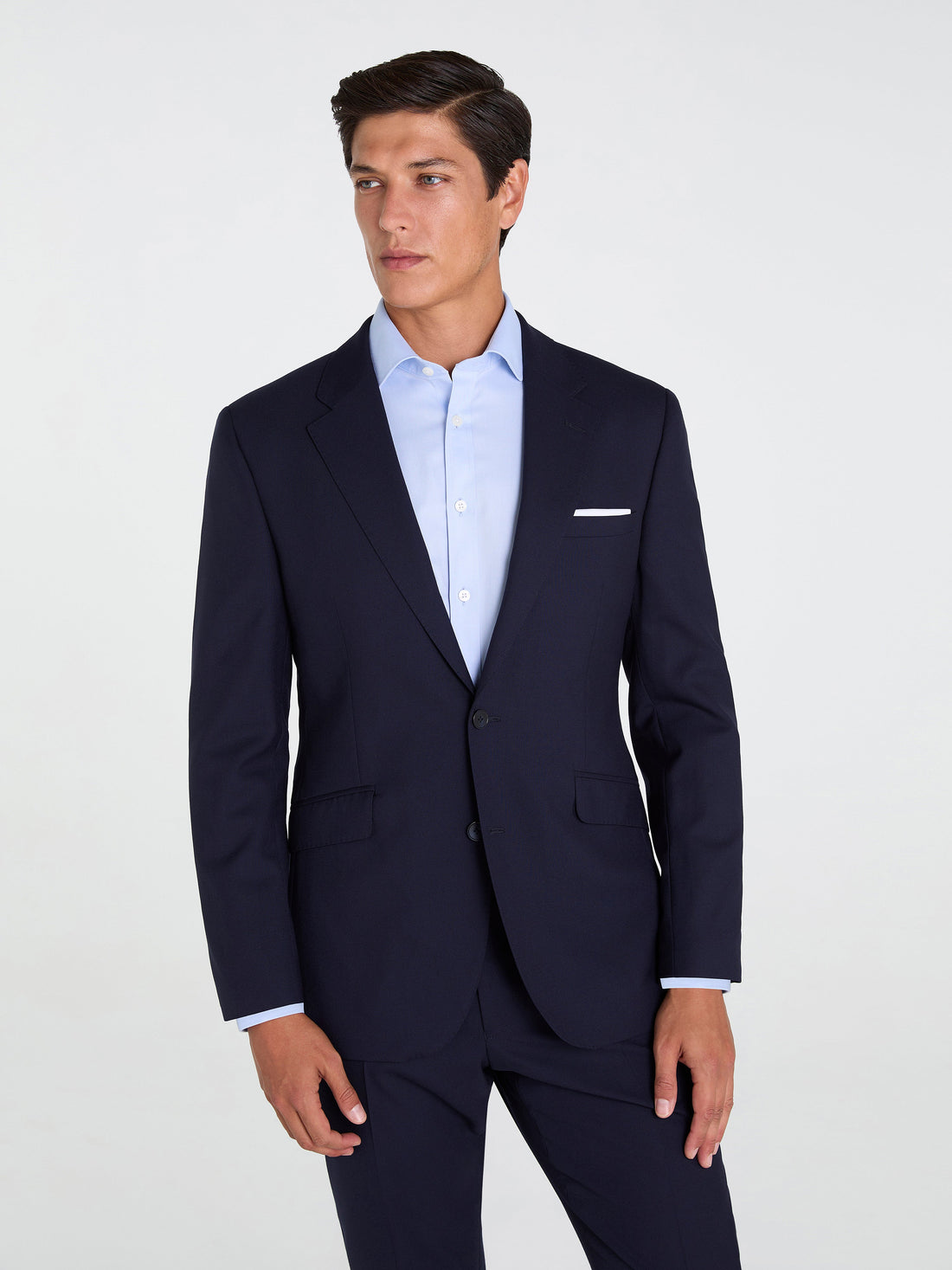
What to Wear to the Office
Over recent years, “office wear” has shifted significantly. Remote working, hybrid schedules, and changing workplace cultures have loosened strict formalities. Suits and ties are less constant than before. Yet many businesses are reintegrating into offices and expecting polished, adaptable outfits.
The trend is toward blending comfort with professionalism. (“Corp core”, “Smart Casual”, “Office Modern” are terms showing up frequently.) What hasn’t changed: perception counts. First impressions, whether with clients, colleagues, or hiring managers, still often come from how you present.
Key Elements of Modern Office Wear
|
Element |
What to Aim For |
Why It Matters |
|
Structure & Fit |
Clean lines, appropriately fitted blazer or jacket; trousers with a good rise; sleeves that allow movement. |
Even relaxed dress codes look better when items are tailored or well‑proportioned. |
|
Versatility |
Pieces that work indoors and outdoors; layers you can remove; items that match multiple tops. |
Hybrid work and varying climates (commute vs meeting rooms) make this essential. |
|
Comfort & Function |
Fabrics with stretch or performance blends; breathable shirts; ergonomic footwear. |
Long days, commuting, moving between settings demand comfort. |
|
Mix of Formal & Casual |
Think smart knit, polo, blazer over chinos; less rigid than full suit, but more polished than anything too casual. |
Allows you to adapt as needed (meeting, casual visit, lunch etc.). |
Professional
For offices in law, finance or senior corporate roles, where image and polish are non‐negotiable.
- Suit up: Solid or subtle-pattern wool suits in navy, charcoal grey or deep tones. Matching jacket & trousers: sharp cut, minimal design details.
- Shirt: Crisp white, light blue or subtle pinstriped shirts. Collar stays, full sleeves, ironed, no loud patterns.
- Tie / Pocket Square: Silk ties, solid or finely patterned. Pocket square in white or a shade that complements tie. Keeps it formal.
- Shoes & Belt: Black leather Oxfords or Derbys. Belt should match in leather and tone. Socks dark, long.
- Finishing touches: Minimal accessories. A classic watch, cufflinks optional. Keep grooming sharp.

Business Casual
This is the middle ground: a professional look, with room for comfort and personality. Most modern offices sit here.
- Trousers / Chinos: Tailored trousers or smart chinos (navy, stone, olive). Jeans only if dark wash and very clean.
- Shirts / Knitwear: Button-downs, possibly with subtle checks or micro-prints. Sweaters or fine knits over collared shirts. Polos may work in more relaxed settings.
- Blazers / Jackets: Structured or unstructured blazer, possibly in softer fabric like a cotton blend or lightweight wool. Adds authority without being stuffy.
- Shoes: Brogues, loafers, monk straps. Brown tones often give warmth; keep them polished.
- Accessories: Belts, simple watches. Optional tie depending on meeting. Pocket square for a touch of flair.

Smart Casual
More relaxed, creative, hybrid roles. Think office meets weekend, but still respectful.
- Tops: Polo shirts, casual button-ups, well-fitted knitwear. Avoid logos, distressed details.
- Bottoms: Clean jeans, trousers, or even soft jogger-styles if allowed. Avoid overly baggy or overly tight styles.
- Layers: Overshirts, lightweight jackets, unstructured blazers.
- Shoes: Clean white trainers (leather or minimal canvas), loafers, Chelsea boots. Keep them neat.
- Accessories & Colour: More freedom here. You can experiment with colours, patterns, less formal belts, fun socks; but still maintain coherence and polish.

Casual
Some workplaces are genuinely casual, such as tech start ups. Casual doesn’t mean “anything goes" though:
- Your staples: Jeans (no holes, frays), clean t-shirts or polo, knit jumpers or casual shirts.
- Layering: Hoodies / sweatshirts only if office culture allows. Use layering to adapt (e.g. shirt under hoodie, or jacket over tee).
- Footwear: Clean sneakers or casual shoes. Avoid very sporty/outdoor gear unless it fits the environment.
- Polish Points: Even in casual mode, presentation counts: clean, well-fitting items; well maintained shoes; clothes without obvious wear.

Tips to Interpret Your Office Dress Code
- Observe others on your team and notice how leadership dresses on important days.
- Check company materials (onboarding guides, HR memos).
- Err on the side of more formal for meetings, presentations, and client-facing days. You can always take off a tie if overdressed.
- Quality over quantity: A few well-cut, classic pieces will carry you across all dress codes.
FAQs
Is wearing chinos with a blazer acceptable office wear?
Yes, very much so. Chinos and a blazer is a staple in modern business casual / hybrid offices. Choose chinos in a sharp cut, blazer that fits, and clean accessories.
Do I need a tie every day?
No. Ties are now often reserved for formal meetings or corporate environments. For business casual settings, open collar with blazer is common.
Can trainers be worn to the office?
In many workplaces, yes. Especially if they are clean, low profile, premium materials. But always understand your company culture before choosing.
How can I stay comfortable but still look polished?
Layer wisely (shirt → knit → jacket), don't compromise on quality fabrics, keep shoes well broken in but polished, and select clothing that allows easy movement.
Summary
Modern office wear is about balance: blending comfort, adaptability, and polish.
With smart fabrics, good fit, thoughtful layering, and appropriate footwear, you can look professional, feel comfortable, and adapt as office norms evolve.
Want more advice? Read our guides on Smart Casual Style, How to Style a Navy Suit and The Best Shirts for Work